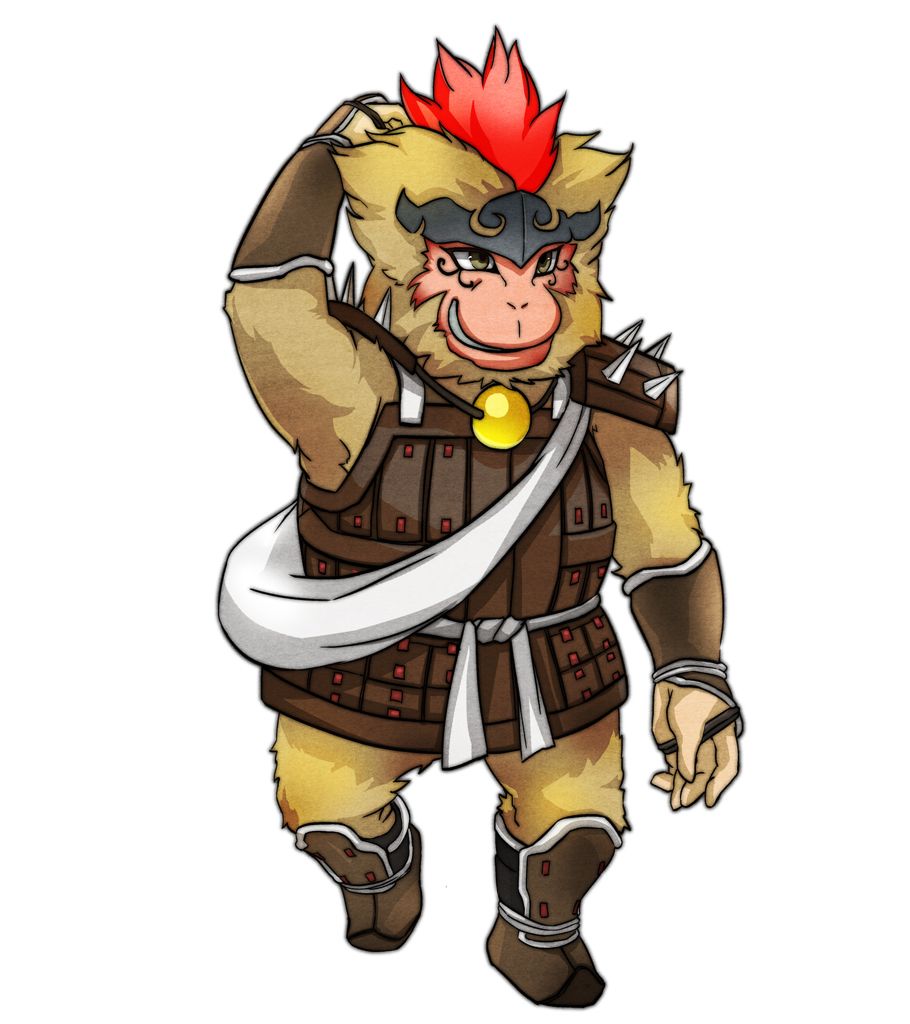
Yebisu – The Japanese God of Luck and Fishermen
/Amaterasu_in_the_cave-5b127babeb97de00366ba20c.jpg)
To that end, in Shinto culture, cleansing ( harai) is an important part of the ritual before entering the sacred shrines.

A host of angry thunder kami attached to this body chased Izanagi out of the underworld, and he just about escaped from Yomi by blocking the entrance with a huge stone.Ī cleansing ritual followed, whereby Izanagi inadvertently created even more Japanese gods and goddesses – the Mihashira-no-uzunomiko, like Amaterasu – the sun goddess birthed from the washing of his left eye Tsuki-yomi – the moon god birthed from the washing of his right eye, and Susanoo – the storm god birthed from his nose. But the brother, impatient from waiting too long, takes a premature look at the ‘undead’ state of the sister, which was more akin to a rotting, decomposing corpse. The grief-stricken Izanagi followed his sister Izanami to the underworld, and he even succeeded in convincing the older generation of gods to allow her to return to the realm of the living. Unfortunately, in the arduous process of creation, Izanami died from the burning pain of giving birth to Kagutsuchi – the Japanese fire god and is consequently sent to the underworld ( Yomi). Izanagi and Izanami went on to create more landmasses and give birth to other divine entities, thereby giving form to the principal eight islands of Japan and over 800 kami. However, in spite of their apparent ingenuity, things soon fell out of favor, with their first union creating a deformed offspring – the god Hiruko (or Ebisu – discussed later in the article). Interestingly enough, most narratives concur that they were directed to do so by an even earlier generation of kami (divine beings) who resided in the plain of heaven.Įven more intriguing is the way the duo created the landmass, by standing on the bridge or stairway to heaven ( Ama-no-hashidate) and stirring the chaotic ocean below with their jewel-encrusted spear, thereby giving rise to the island of Onogoro. Called Izanagi ( Izanagi no Mikoto or ‘he who invites’) and Izanami ( Izanami no Mikoto or ‘she who invites’), the duo of brother and sister are perceived as the divine beings who brought order to the sea of the chaos below heaven by creating the first landmass – in the form of the island of Onogoro. Like most creation myths, the Shinto Japanese myth also consists of the primordial gods. Painting by Eitaku Kobayashi (Meiji period). To that end, most of the mythical narratives of the Japanese gods and goddesses are derived from the codified books Kojiki (circa 708-714 AD), Nihon Shoki (circa 720 AD), and the 9th-century Kogoshui (that compiled the oral folklores that were missing from the earlier two codified documents). In terms of history, the first of these mythologies were documented in written forms by the early 8th century – thus serving as a standardized (or at least generalized) template of the Shinto pantheon for most of Japan. In essence, Shinto, without any proclaimed founder or prescribed tenets, can be perceived as the evolution of local animalistic beliefs of Yayoi culture (300 BC – 300 AD) that were further influenced by both Buddhism and even Hinduism throughout the course of centuries.Īnd given the nature of these localized folklores (intermixed with the myths of venerated entities of Buddhism and Hinduism), the Japanese gods and goddesses are deities mostly based on the kami – the mythical spirits and supernatural beings of the land. And interestingly enough, much like Hinduism, Shinto, or kami-no-michi (‘the Way of the Gods’) is a polytheistic mode of religion that results from the highly pluralistic culture of Japan throughout history. When we talk about the Japanese gods and goddesses, we must understand that much of the mythology and pantheon is derived from the traditional folklores of the Shinto – one of the major religions of Japan.


 0 kommentar(er)
0 kommentar(er)
